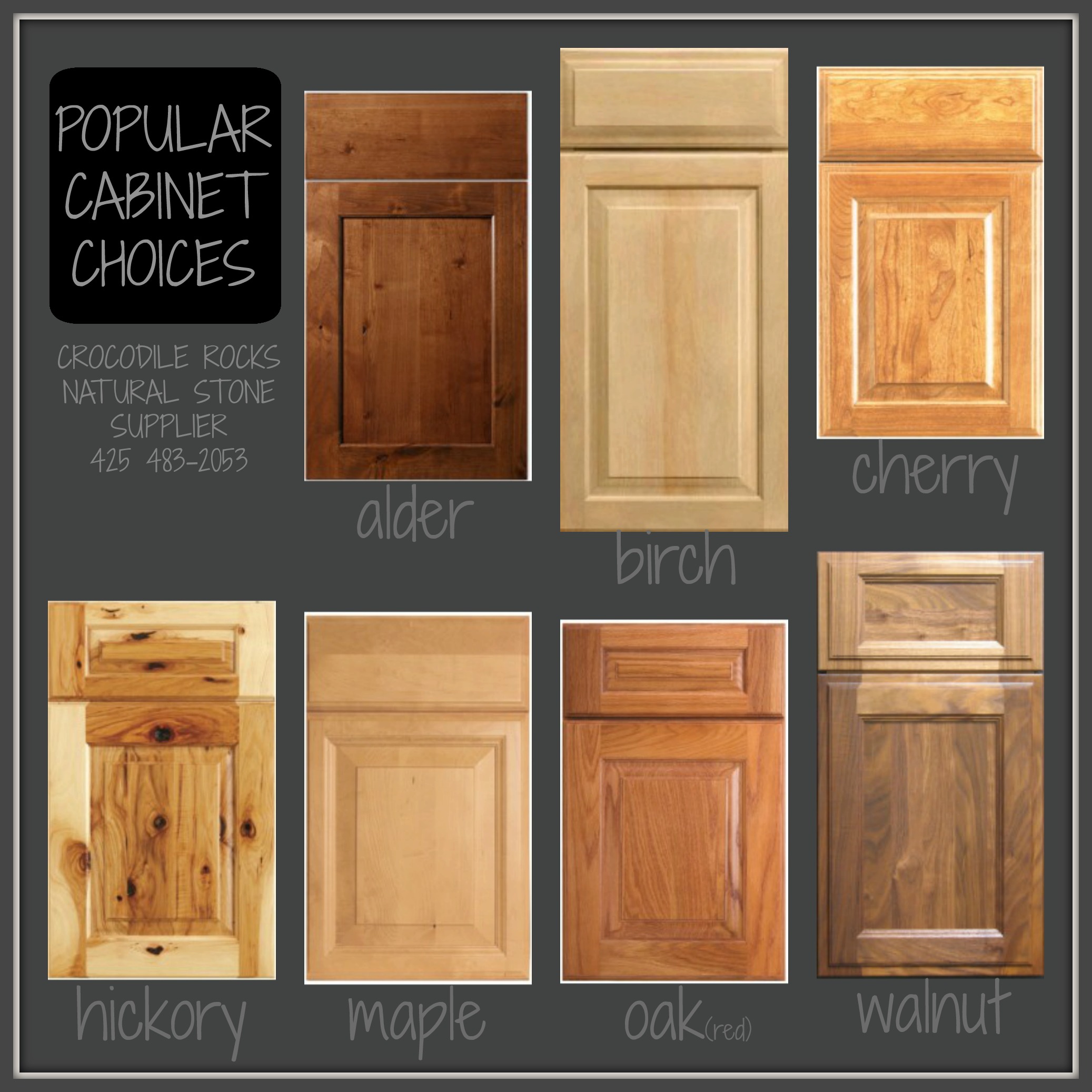Cost and Maintenance Considerations for Cabinet Woods: Wood Species For Cabinets

Choosing the right wood for your cabinets involves careful consideration of both initial cost and long-term maintenance. The decision will significantly impact your budget and the longevity of your investment. Understanding the trade-offs between different species is crucial for making an informed choice.
Cost Comparison of Cabinet Woods
The cost of cabinet wood varies greatly depending on the species, its availability, and the quality of the lumber. Generally, hardwoods are more expensive than softwoods due to their density, durability, and aesthetic appeal. However, the initial cost shouldn’t be the sole determinant; consider the long-term maintenance requirements as well.
- Softwoods (Pine, Fir): These are the most budget-friendly options, but they are less durable and prone to scratches and dents. They require more frequent maintenance and may not last as long as hardwoods.
- Medium-Priced Hardwoods (Maple, Birch, Alder): These offer a good balance between cost and durability. They are relatively easy to maintain and can last for many years with proper care.
- High-End Hardwoods (Cherry, Walnut, Mahogany): These are the most expensive options, but they are also the most durable and aesthetically pleasing. They require less frequent maintenance but demand more careful handling.
Maintenance Requirements for Various Wood Species
Proper maintenance is essential for extending the lifespan of your cabinets and preserving their beauty. The specific needs vary depending on the wood species.
- Cleaning: Regularly dust your cabinets with a soft cloth. For more thorough cleaning, use a damp (not wet) cloth and a mild wood cleaner. Avoid harsh chemicals or abrasive cleaners.
- Sealing: Sealing your cabinets protects them from moisture damage, stains, and scratches. This is especially important for softer woods like pine. A high-quality polyurethane or varnish is recommended. Reapplication may be needed every few years depending on the wood and the sealant used.
- Repairing: Minor scratches can often be buffed out with a fine-grit sandpaper and wood polish. For more significant damage, you may need to consult a professional woodworker.
Regular cleaning and sealing are key to preventing major damage and extending the lifespan of your cabinets.
Avoid using harsh chemicals or abrasive cleaners, as these can damage the wood’s finish.
Environmental Impact of Cabinet Woods
The environmental impact of wood selection is a growing concern. Choosing sustainably sourced wood helps protect forests and reduces the carbon footprint of your project.
- Sustainable Sourcing: Look for wood certified by organizations like the Forest Stewardship Council (FSC) or the Sustainable Forestry Initiative (SFI). These certifications ensure that the wood comes from responsibly managed forests.
- Recycled Wood: Consider using reclaimed or recycled wood, which reduces the demand for newly harvested timber. This option offers a unique aesthetic and contributes to environmental sustainability.
- Wood Species Selection: Some wood species are more sustainable than others. Fast-growing species that are native to the region can be a more environmentally friendly choice.
Choosing a Wood Species Based on Budget and Lifespan, Wood species for cabinets
Balancing cost with durability and aesthetics requires careful planning. Consider the following:
- Budget: Determine your budget before selecting a wood species. Softwoods are the most affordable, while high-end hardwoods are the most expensive.
- Lifespan: Hardwoods generally offer a longer lifespan than softwoods. Consider how long you want your cabinets to last and factor that into your decision.
- Aesthetics: Different wood species have unique grain patterns, colors, and textures. Choose a species that complements your kitchen’s style and personal preferences.
For example, a homeowner on a tight budget might choose pine for its affordability, understanding that it may require more frequent maintenance and might not last as long as a hardwood like maple. A homeowner with a larger budget and a desire for longevity and a luxurious look might opt for cherry or walnut, accepting the higher initial cost in exchange for exceptional durability and beauty.
